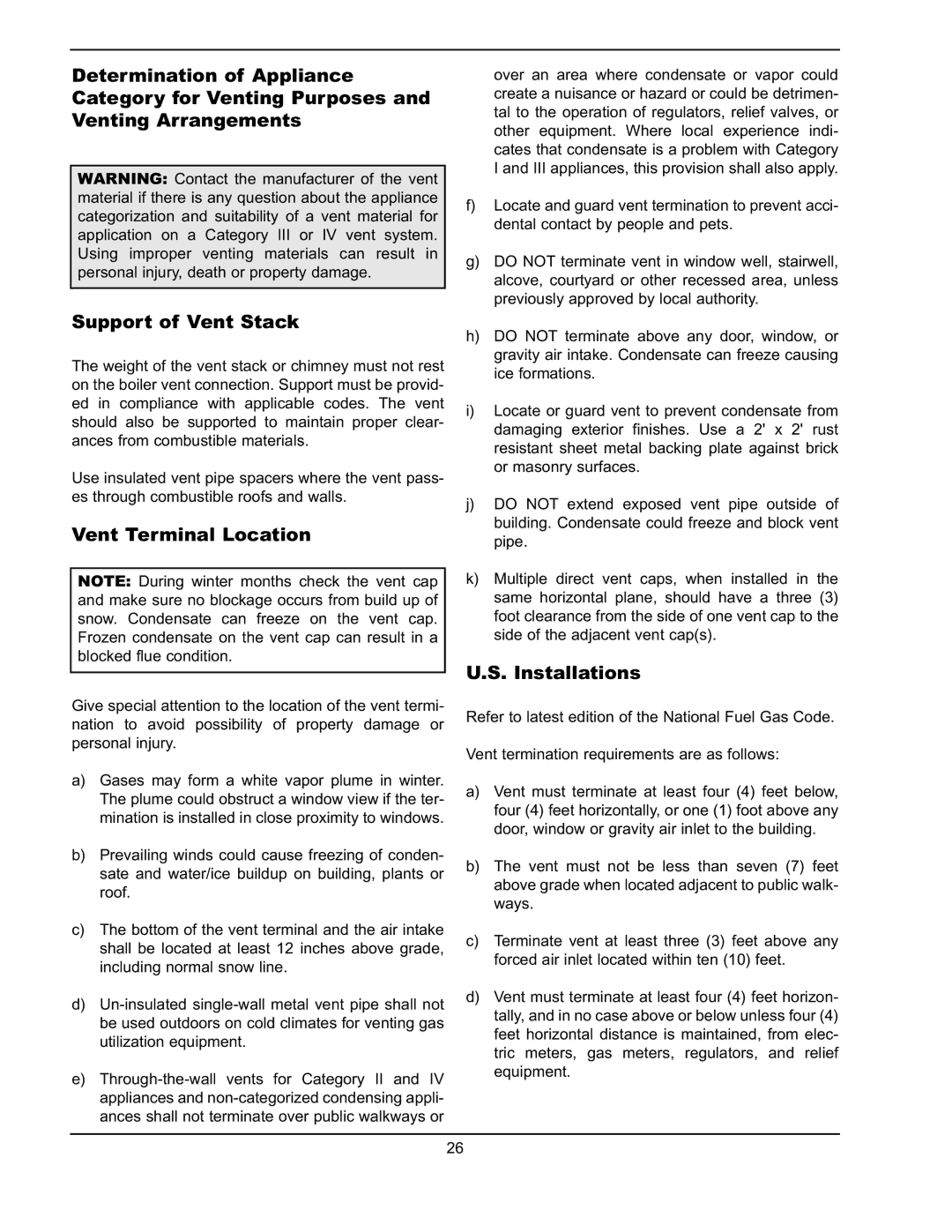751 specifications
The Raypak 751 is a high-efficiency, gas-powered pool and spa heater renowned for its advanced technology and durability. Designed with innovative features, the Raypak 751 prioritizes user convenience and energy efficiency, making it an excellent choice for pool owners seeking reliable heating solutions.One of the standout features of the Raypak 751 is its robust heat exchanger, built from the finest materials to ensure long-lasting performance. This model utilizes a copper heat exchanger which is highly conductive, allowing for rapid heating of water and maintenance of consistent temperatures. Its design also minimizes scale buildup, extending the longevity of the heater.
The Raypak 751 is equipped with advanced digital controls that make it user-friendly. The intuitive interface allows for precise temperature settings and monitoring, ensuring optimal performance. Additionally, the heater features a temperature display that provides real-time updates, giving users peace of mind when adjusting their pool's environment.
Energy efficiency is a hallmark of the Raypak 751, thanks to its low NOx burner technology. This feature meets stringent environmental regulations while also lowering operational costs. By optimizing fuel usage, the heater not only contributes to reducing greenhouse gas emissions but also provides a more economical heating option for pool and spa owners.
The rugged construction of the Raypak 751 is another characteristic that sets it apart. Its heavy-duty cabinet is designed to withstand the elements, ensuring reliable operation in various weather conditions. The heater is available in multiple configurations, including both natural gas and propane options, allowing for flexible installation depending on the user's needs.
Furthermore, the Raypak 751 incorporates safety features, such as an integrated pressure switch that prevents operation when water flow is insufficient. This protects both the heater and associated plumbing from damage due to overheating or dry firing.
In summary, the Raypak 751 combines cutting-edge technology with user-centric features to deliver a superior pool heating experience. Its high-efficiency performance, durable construction, and advanced safety features make it a top choice for anyone looking to enhance their pool or spa. Whether for residential or commercial applications, the Raypak 751 ensures warmth and comfort, enriching the overall swimming experience.

